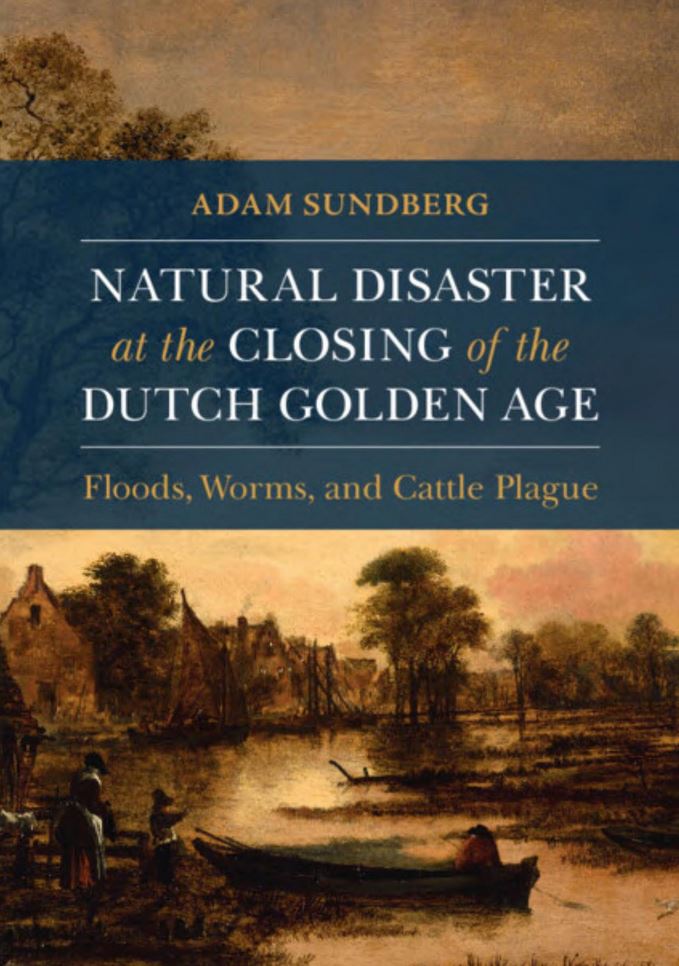
By the early eighteenth century, the economic primacy, cultural efflorescence, and geopolitical power of the Dutch Republic appeared to be waning. The end of this Golden Age was also an era of natural disasters. Between the late seventeenth and the mid-eighteenth century, Dutch communities weathered numerous calamities, including river and coastal floods, cattle plagues, and an outbreak of strange mollusks that threatened the literal foundations of the Republic. Adam Sundberg demonstrates that these disasters emerged out of longstanding changes in environment and society. They were also fundamental to the Dutch experience and understanding of eighteenth-century decline. Disasters provoked widespread suffering, but they also opened opportunities to retool management strategies, expand the scale of response, and to reconsider the ultimate meaning of catastrophe. This book reveals a dynamic and often resilient picture of a society coping with calamity at odds with historical assessments of eighteenth-century stagnation.
Available 31 January 2022